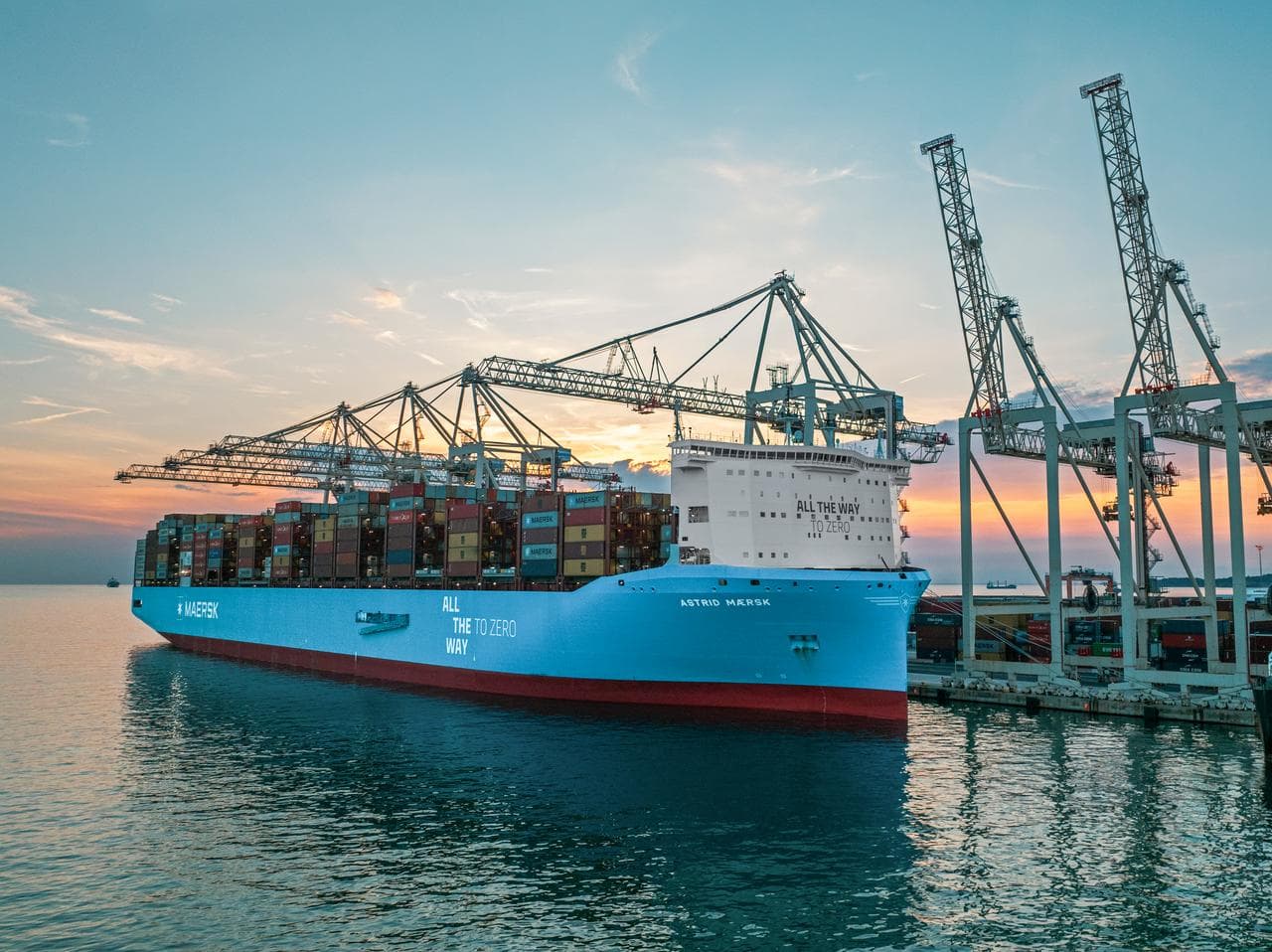
How is Methanol Produced for Maritime Use?
- with insights from Dr. Joanna-Eugenia Bakouni
As the shipping industry moves toward greener operations, methanol has surfaced as a compelling alternative fuel. It offers the promise of lower emissions, compatibility with existing engine technology, and smoother storage compared to many other low-carbon fuels. But how exactly is methanol produced—and what should seafarers and maritime professionals know about it?
We spoke with Dr. Joanna-Eugenia Bakouni, Learning & Development Manager for Maritime, who has extensive experience linking sustainability, safety, and seafarer training. She helped us unpack the practical and strategic implications of methanol production for the maritime sector.
What is Methanol—and Why Does Production Matter?
Methanol is a simple alcohol that can be used as a marine fuel. But there’s more than one way to make it—and how it's produced makes a big difference in its environmental footprint.
“Understanding the source of methanol is critical,” says Dr. Bakouni. “It’s not enough to know that it burns cleaner. You have to know how it was made to assess its true impact.”
There are three main production pathways:
-
Grey Methanol: Made from natural gas using steam methane reforming. This method is cost-effective but releases significant carbon dioxide (CO₂).
-
Blue Methanol: Also based on natural gas, but with carbon capture and storage (CCS) systems that reduce emissions.
-
Green Methanol (or e-methanol): Green methanol production begins with renewable electricity powering electrolysis, a process that splits water molecules into hydrogen and oxygen. The resultant hydrogen is then synthesized with captured CO₂ (typically sourced from biogenic processes or industrial emissions) to form methanol. This route can lead to net zero or near zero emissions.
Each type has different implications for shipowners looking to meet upcoming emissions regulations or corporate climate targets.
The Production Process: A Quick Overview
Grey Methanol
Grey methanol is most commonly-produced by reacting natural gas with steam in a reforming process, creating synthesis gas (syngas), which mainly contains hydrogen (H₂) and carbon monoxide (CO). Syngas is then catalytically converted into methanol, but this process releases substantial CO₂ emissions, thus, making it a short-term solution rather than a climate-friendly long-term option.
Blue Methanol
Blue methanol integrates carbon capture and storage (CCS) technologies into the grey methanol production process. Captured CO₂ is typically stored underground in geological formations or utilized industrially, substantially lowering—but not completely eliminating—the carbon footprint.
Green Methanol
Green methanol production starts with renewable electricity. Electrolysis splits water into hydrogen and oxygen. The hydrogen is then combined with CO₂ (from biogenic or industrial sources) to produce methanol.
“This is the version that really changes the game,” Dr. Bakouni notes. “It aligns not just with compliance, but with global sustainability goals like the Paris Agreement.”
What it Means for Shipping
Methanol is gaining traction because it ticks multiple boxes:
-
Liquid at ambient temperatures, making storage straightforward
-
Cleaner-burning than traditional fuels
-
Compatible with dual-fuel engines
-
Scalable via multiple production methods
Yet the industry must make informed choices.
“You can’t assess methanol purely by its name,” says Dr. Bakouni. “You need to understand the production source and full supply chain and what it means for emissions, cost, and availability.”
She adds that this kind of operational literacy is increasingly expected across the maritime workforce.
Training the Future Maritime Workforce
Dr. Bakouni’s role at Maersk Training includes ensuring seafarers are not just technically capable but also aligned with the values and realities of a decarbonising industry.
“One of our goals is to embed sustainability into training from day one,” she explains. “When we teach about methanol, we don’t stop at handling procedures—we talk about where it comes from, why it matters, and how it connects to global climate action.”
Simulation plays a vital role in this. It allows crews to safely train on systems they may not yet encounter onboard, while embedding the critical thinking needed for fuel transition.
This, according to Dr. Bakouni, also supports multiple UN Sustainable Development Goals (SDGs), including:
-
SDG 4: Quality education
-
SDG 13: Climate action
-
SDG 14: Life below water
“Decarbonisation isn’t a future concept anymore,” she says. “It’s happening now—and training needs to keep pace.”
Looking Ahead
The path forward for methanol depends on the ability of producers, ports, and regulators to scale up green production—and for shipowners to invest wisely.
But one thing is clear: the knowledge gap must close. Seafarers need to know what’s in their tanks, how it got there, and what it means for their ship and the sea. And above all how they can keep safe.
“Learning isn’t a luxury,” Dr. Bakouni concludes. “It’s how we keep people safe and prepare them for a more sustainable future.”